Laboratory of Geodynamics
The Laboratory of Geodynamics was created in 1993. Scientific research of the laboratory is inextricably linked with the nuclear fuel cycle facilities due to the fact that the scientists have worked in "VNIPIpromtekhnologii", a research institute of the Ministry for Atomic Energy. The current research is carried out within the priority areas of science, technology and engineering of the Russian Federation and the list of critical technologies mentioned in the Presidential Decree number 899 of 07.07. 2011:
- technology of nuclear energy, nuclear fuel cycle, safe management of radioactive waste and SNF;
- technologies for monitoring and forecasting of the environment, prevention and elimination of pollution;
- technology for prevention of natural and technology-related hazards;
Purpose of research:
Development of scientific and technical parameters of location, design and operation of nuclear fuel cycle (NFC), including storage of radioactive waste (RAW) and spent nuclear fuel (SNF) in Russia in order to create new types of scientific and technical products, providing:
a) environmental safety of design and operation of NFC;
b) removal of extremely dangerous RAW from the human environment using technologies for environmental development;
c) accelerating development of new types of information services in the field of environmental geoscience and geodynamics;
d) transition of the Russian economy and nuclear industry to innovative development and competitiveness in the global and national markets in accordance with the Memorandum on Technology Platform "Environmental Technology for Development".
Development of methods for prediction of geodynamic stability of the geological media under conditions of nonlinear geodynamic processes, providing:
a) stability of structural elements of surface and underground NFC facilities;
b) maximal preservation of natural insulating properties of natural barriers for underground isolation of RAW and SNF;
c) maximum awareness of organizations, responsible for environmental safety, and the public on issues relating to the treatment of RAW and SNF;
d) development of systems long-term geodynamic monitoring based on the use of global navigation satellite GPS/GLONASS systems;
e) development of a deep underground disposal of RAW and the choice of effective research methods for an underground research laboratory to substantiate the suitability of the Nizhnekansky Granitoid Massif for RAW and SNF disposal.
Huge amounts of RAW are accumulated in Russia, with activity over 5,9х109 Ci. High-level waste (HLW) retains its radiobiological risk for tens of thousands of years. HLW disposal in geological formations is now regarded as the only real way to remove it from the human environment. Safety of long-term storage and disposal of HLW is ensured by a multi-barrier protection system, with the geological media playing a significant role. Choosing stable areas of the Earth's crust for NFC disposal, including safe disposal of HLW, this is one of the most important fundamental environmental problems for Russia and other developed countries, that requires immediate solution.
However, there is still no clear methodological system of assessment and forecasting of geodynamic stability of the Earth's crust when choosing locations of underground isolation of HLW. In this regard, the main direction of basic research laboratory is to develop methods of assessment, modeling and forecasting geodynamic stability of the geological media for design, construction and operation of nuclear fuel cycle.
Over the 20-year period, our research in the field of geodynamics, geomechanics and geoecology found wide practical application in many projects of the State Corporation "Rosatom": at the underground complex FSUE "MCC", Nizhnekansky Granitoid Massif, Kalinin, Novovoronezh, Rostov NPPs, waste facilities at FSUE "Radon", uranium mines in Krasnokamensk, Elkon uranium ore region (Yakutia), Karabashsky area (South Urals) etc. In recent years the following major works were accomplished:
1. An information technology was developed to predict stability of the geological environment and location of nuclear fuel cycle. Nizhnekansky Granitoid Massif (Krasnoyarsk Territory) is currently regarded as the most likely place for a deep disposal of radioactive waste. A monograph was published: E. B. Anderson, S. V. Belov, E. N. Kamnev, I. Y. Kolesnikov, N. F. Lobanov, V. N. Morozov, V. N. Tatarinov. Underground Isolation of Radioactive Waste. Moscow: Publishing house "Gornaya Kniga" , 2011. 592 p.
2. Theory and method of computer modeling of stress-strain state of the heterogeneous block geological medium in nonlinear tectonic stress field, computational complex on the basis of the finite element method, and original algorithms for calculation of stress-strain state, energy analysis of risk levels of structural degradation of crustal blocks and filtering groundwater waters were developed, the intellectual property is protected by the state registration: #2011614290 “Geodyn 1.0”, #2012615080 “Geoflow 1.1”, #2012615081 “GeoReg 2.0”.
3. Technology of geodynamic monitoring of dangerous zones of differentiated movements of crustal blocks on the basis of satellite GPS/GLONASS systems was developed, including methods of setting up geodynamic points, carrying out field observations and data interpretation algorithms. First in the area of location of FSUE "MCC" a full-scale geodynamic polygon for observing crystal dynamics was created, based on global navigation satellite GPS/GLONASS systems. Currently the geodynamic network consists of 25 permanent monitoring stations and covers all the nearby active tectonic structures.


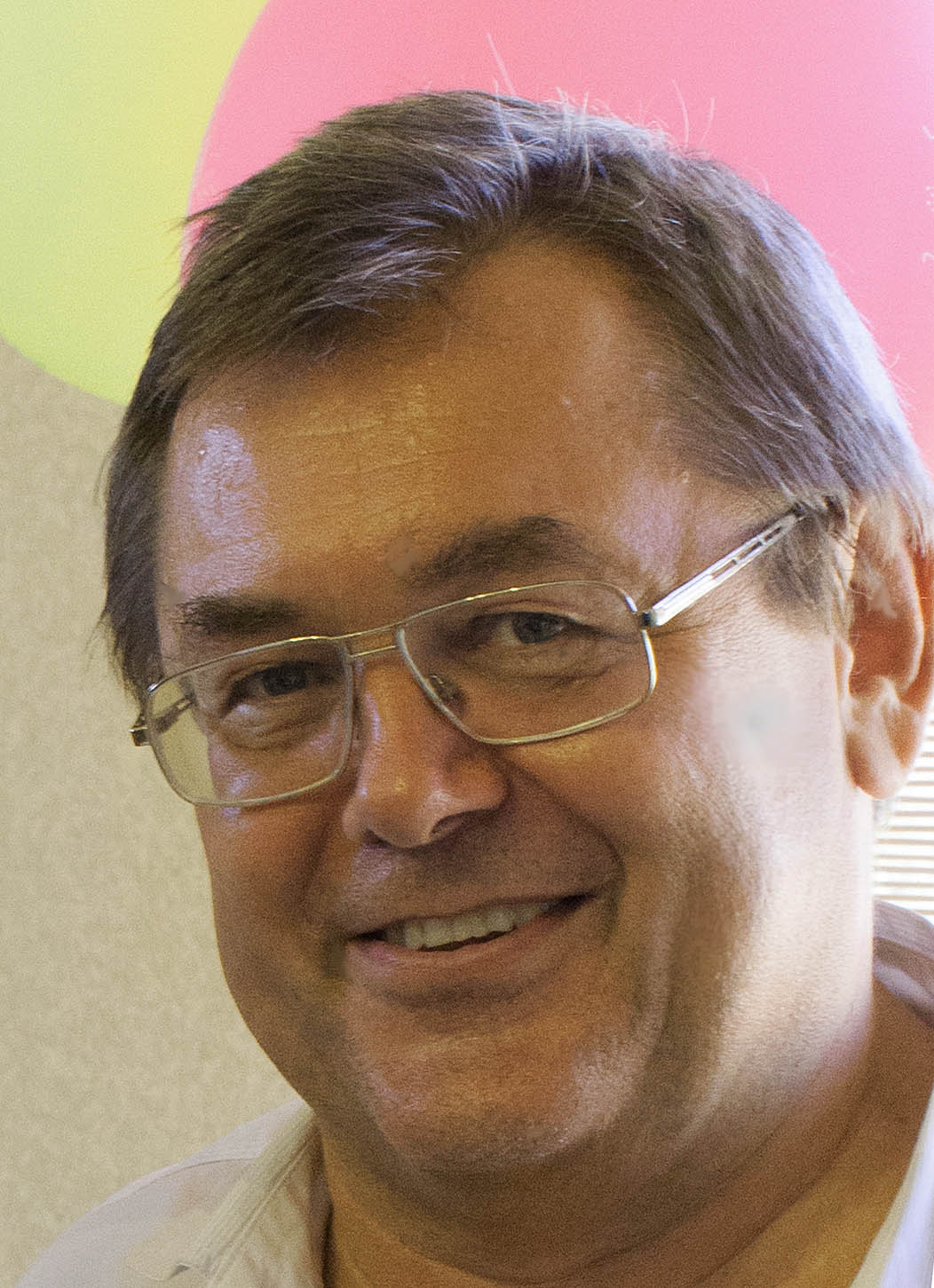 Principal research scientist, Chief, D.Sc.
Principal research scientist, Chief, D.Sc.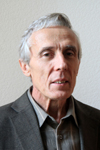 Principal research scientist, D.Sc.
Principal research scientist, D.Sc.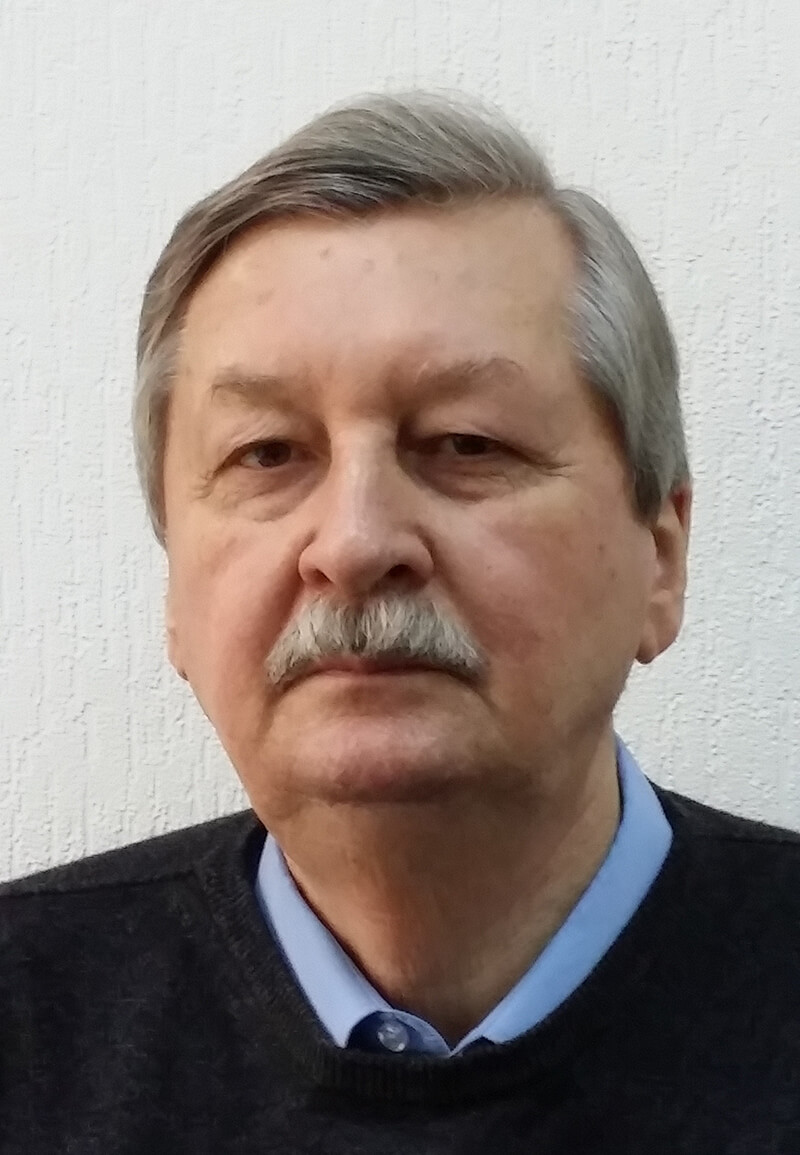 Principal research scientist, Prof., D.Sc.
Principal research scientist, Prof., D.Sc. Research scientist
Research scientist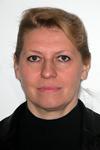 Research scientist
Research scientist Research scientist, PhD
Research scientist, PhD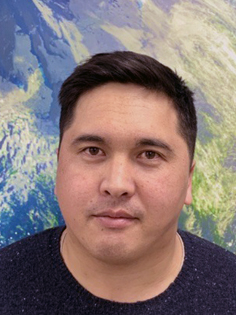 Research scientist, PhD
Research scientist, PhD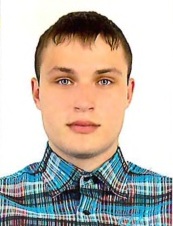 Research scientist
Research scientist Engineer
Engineer